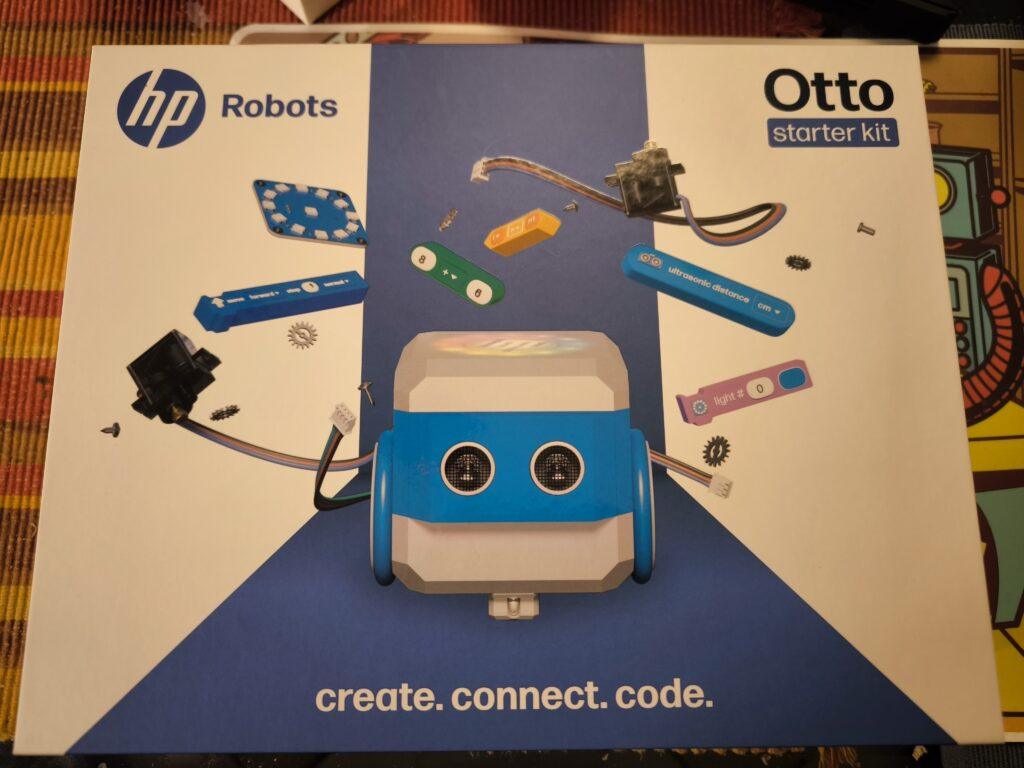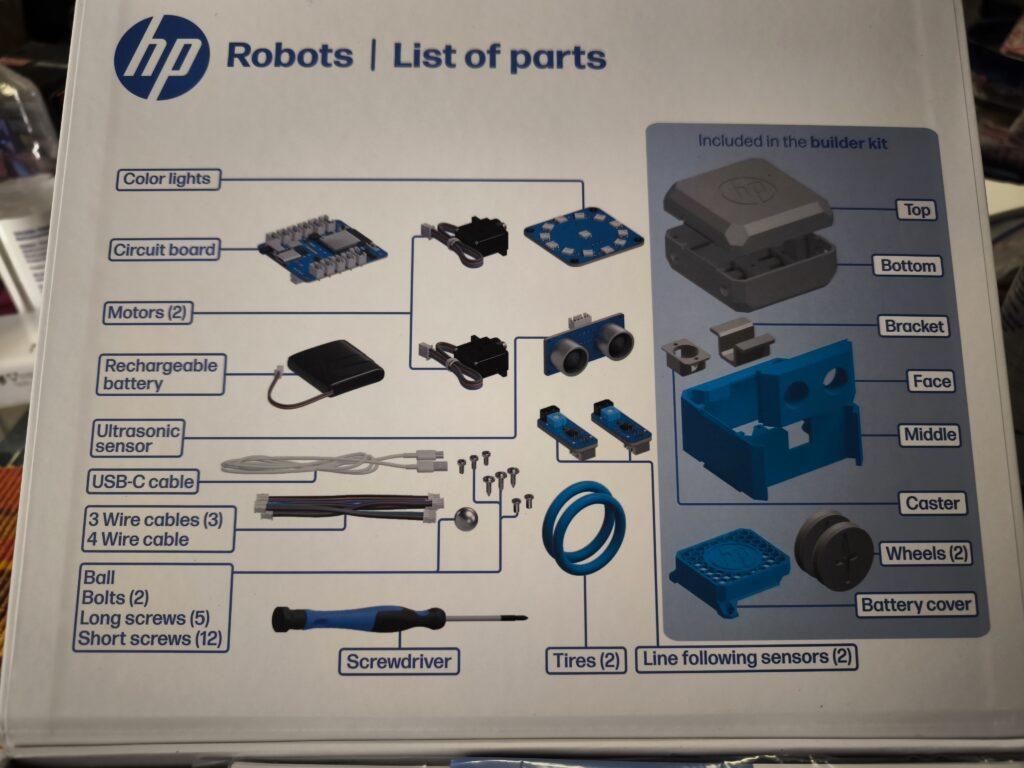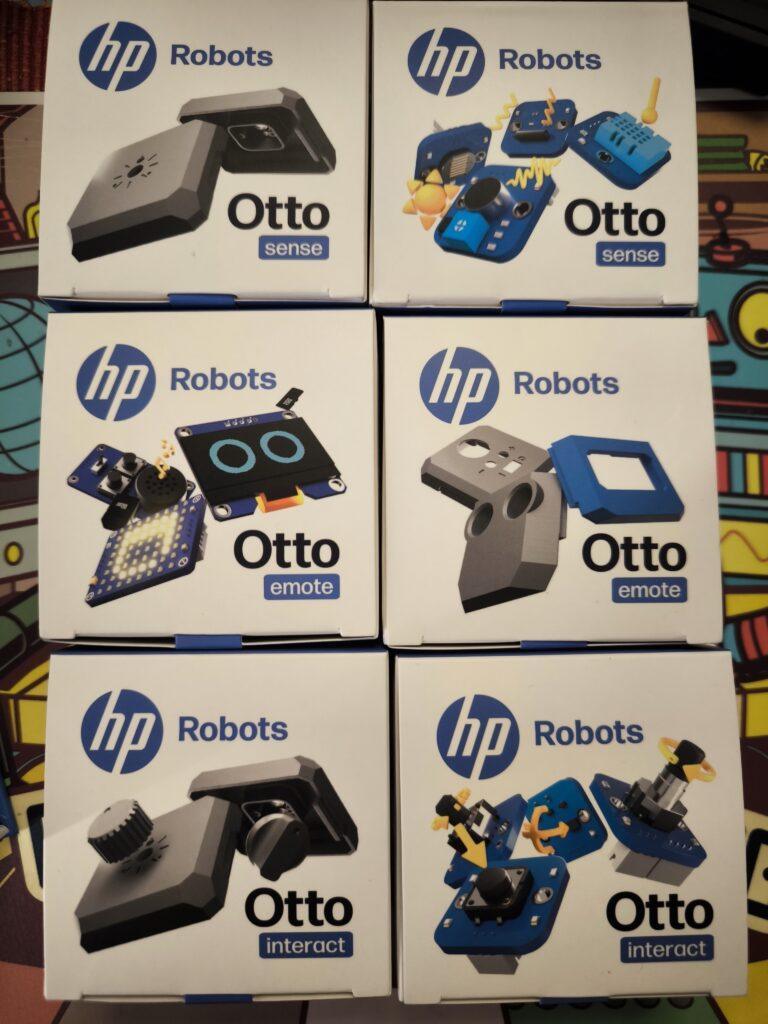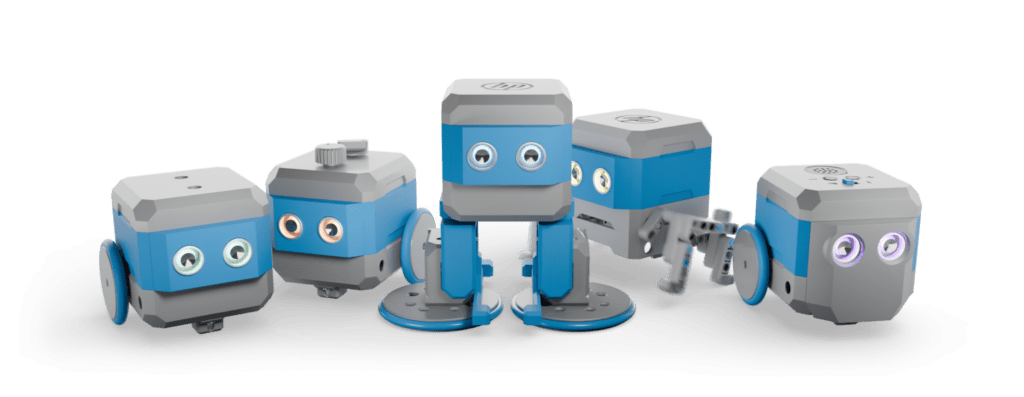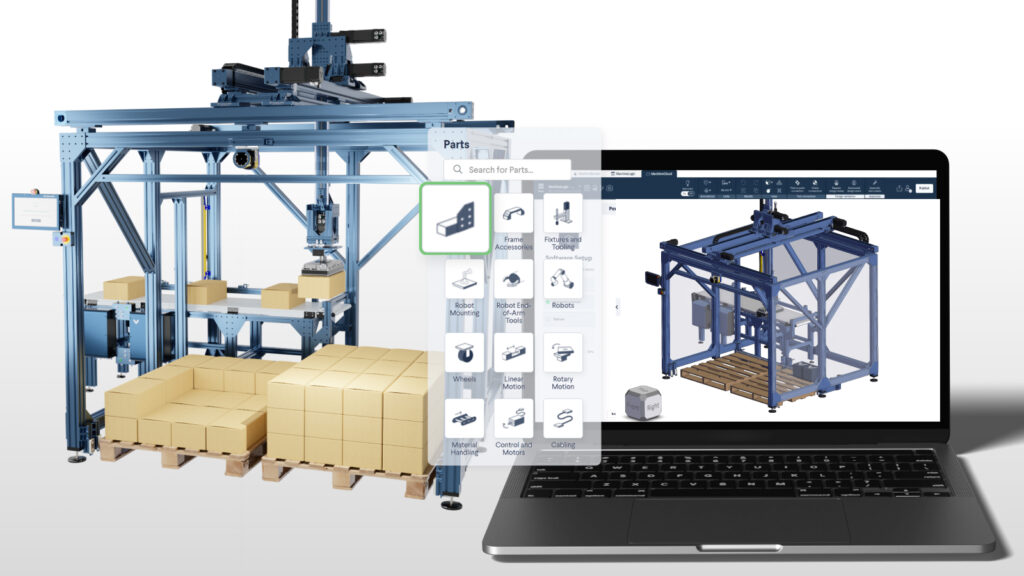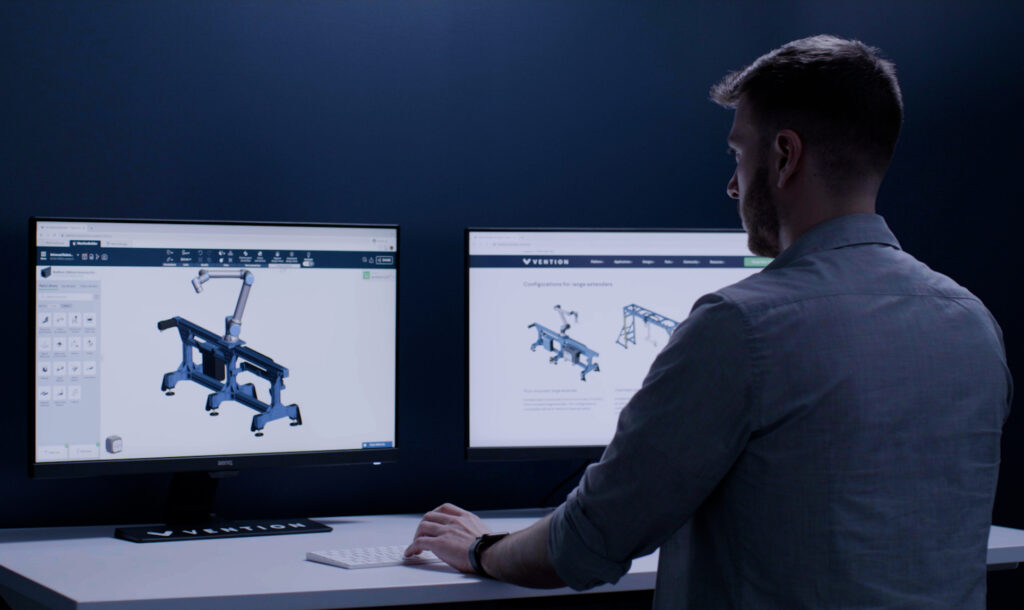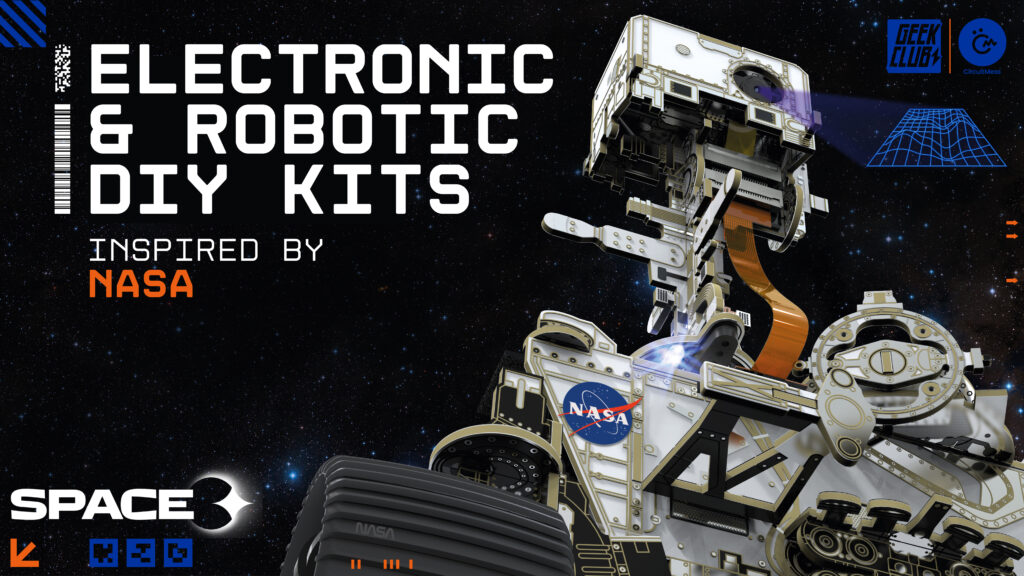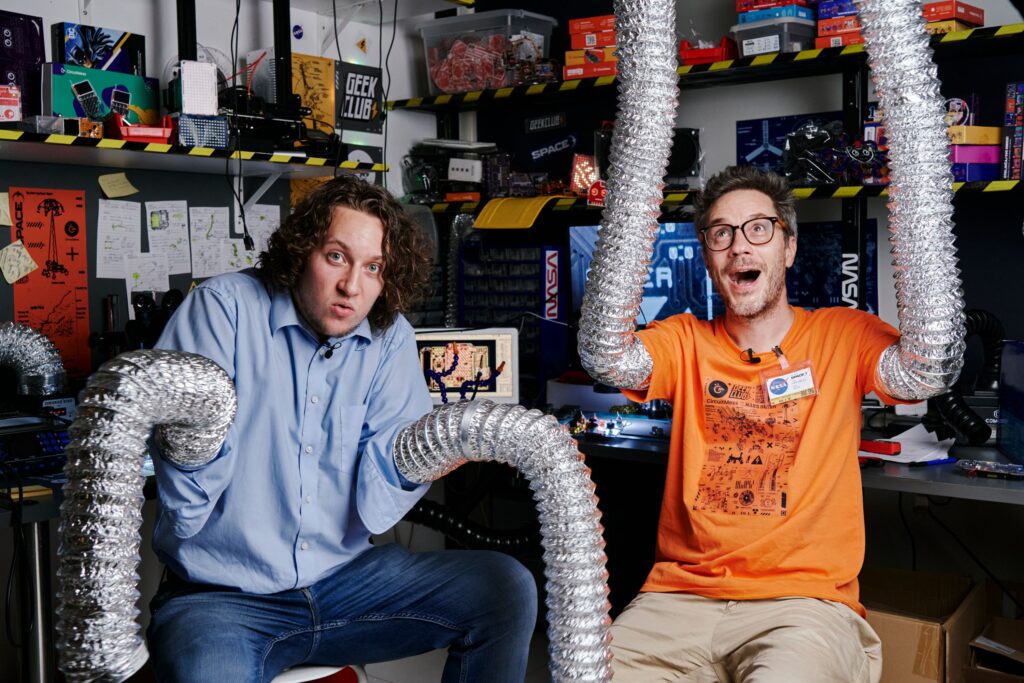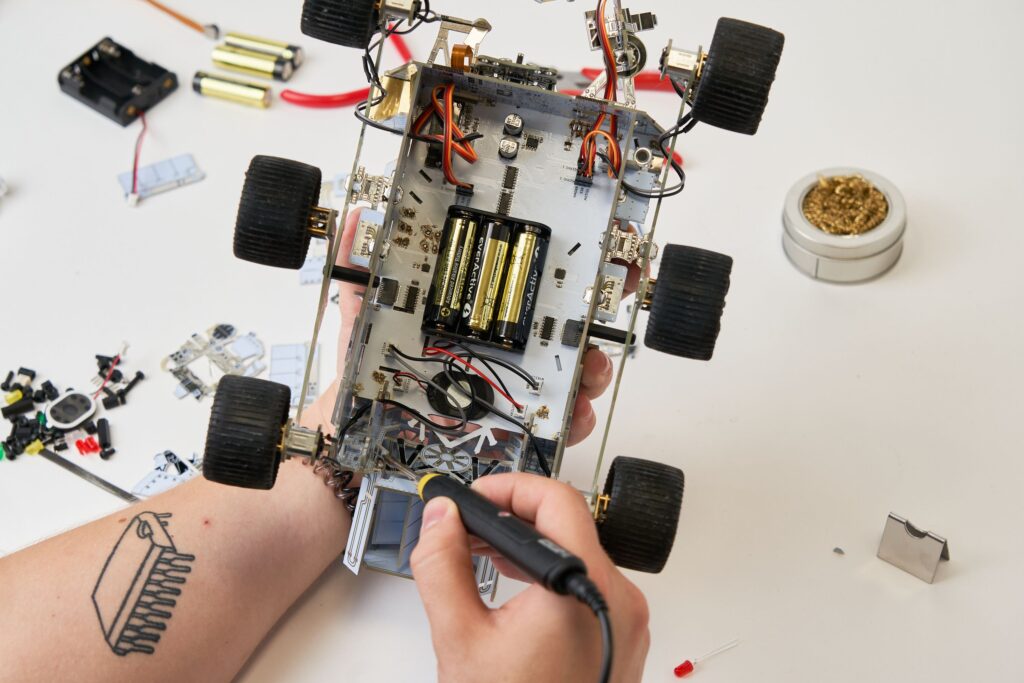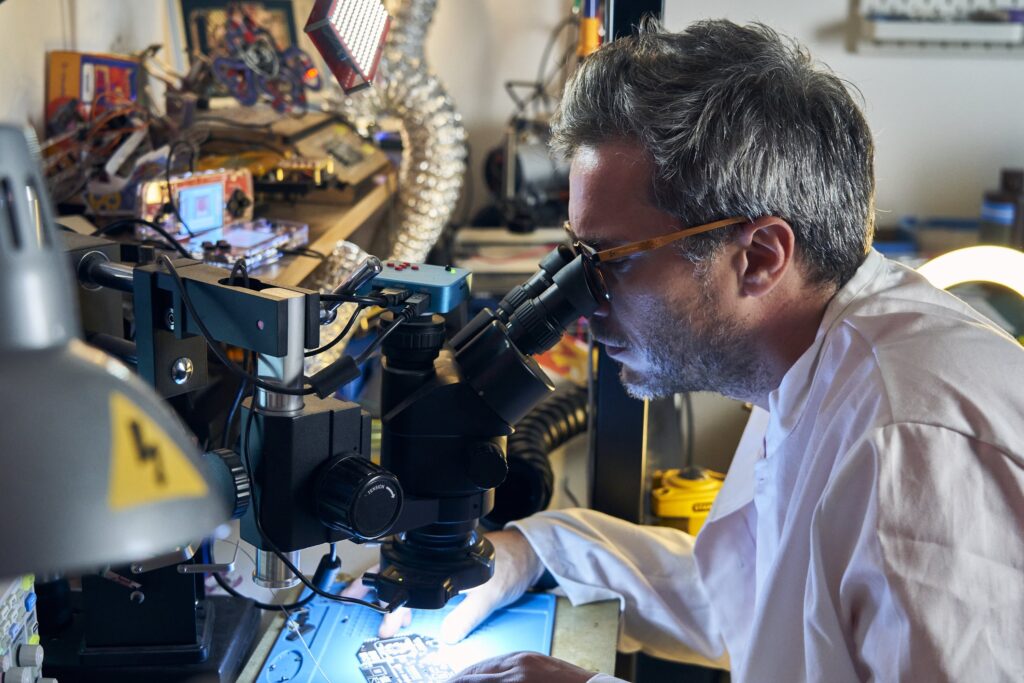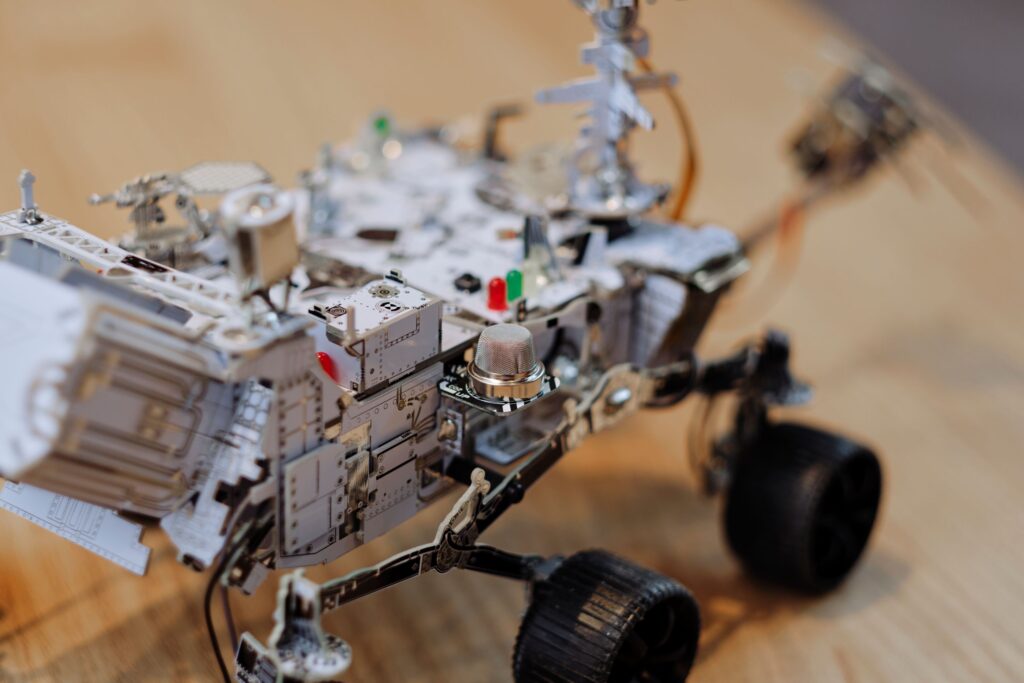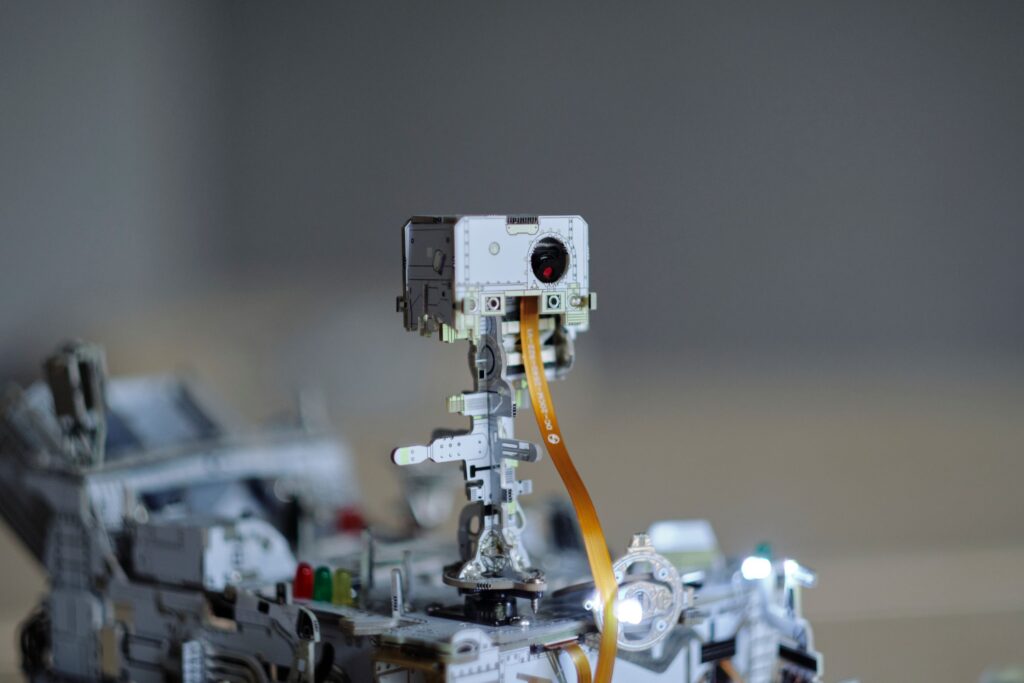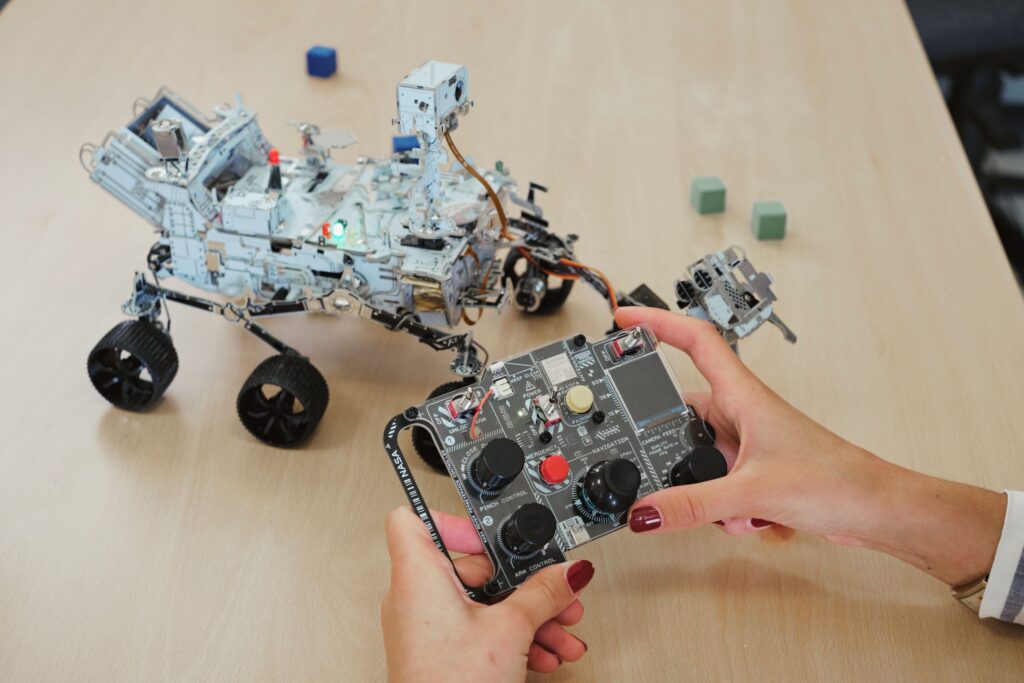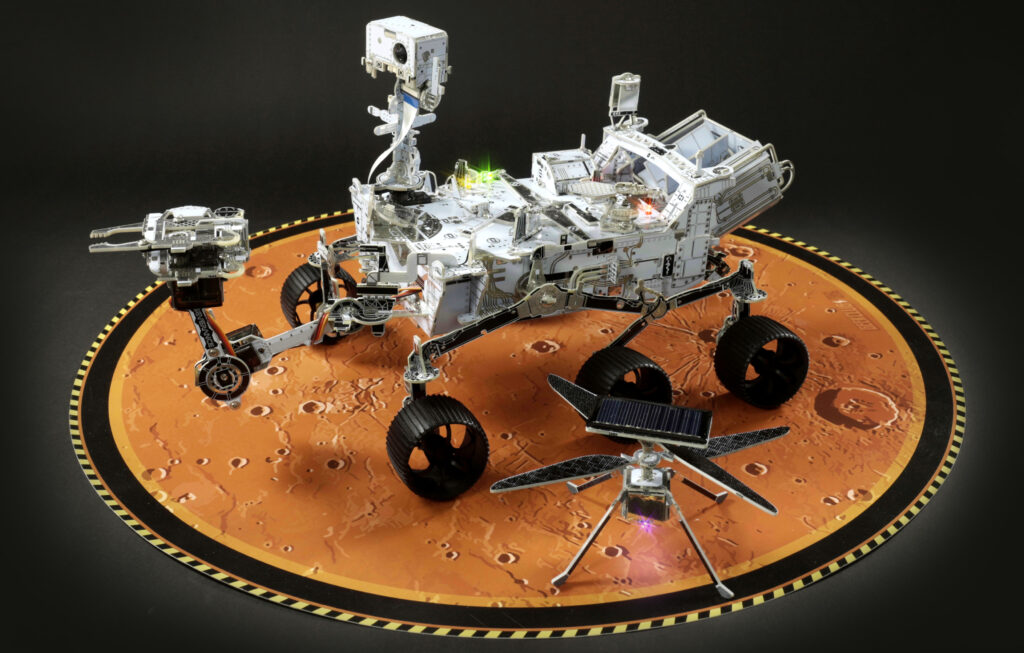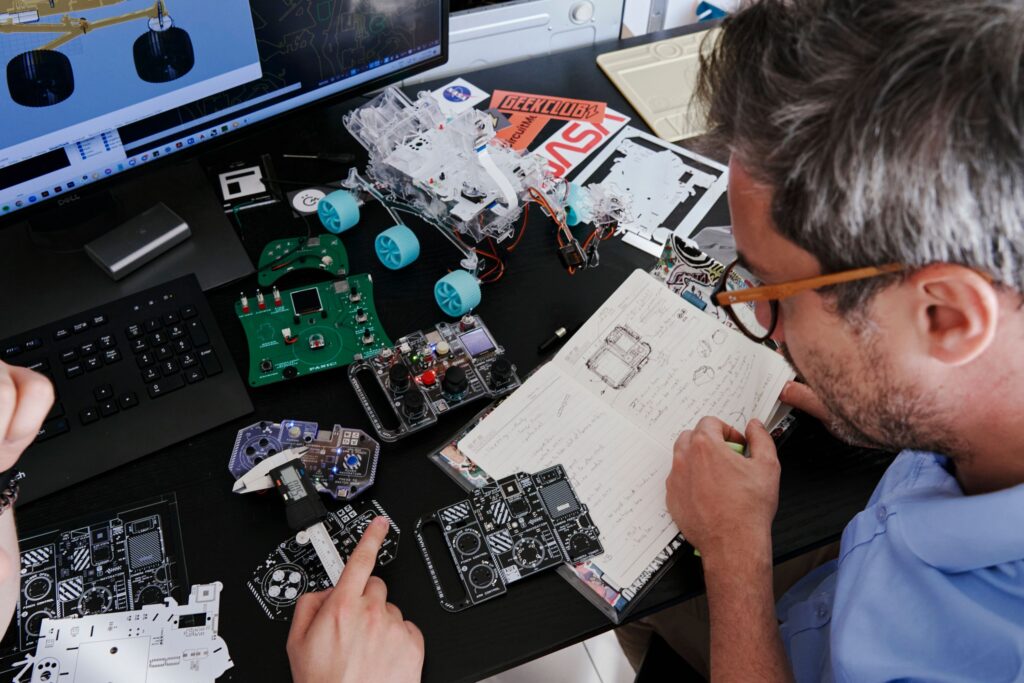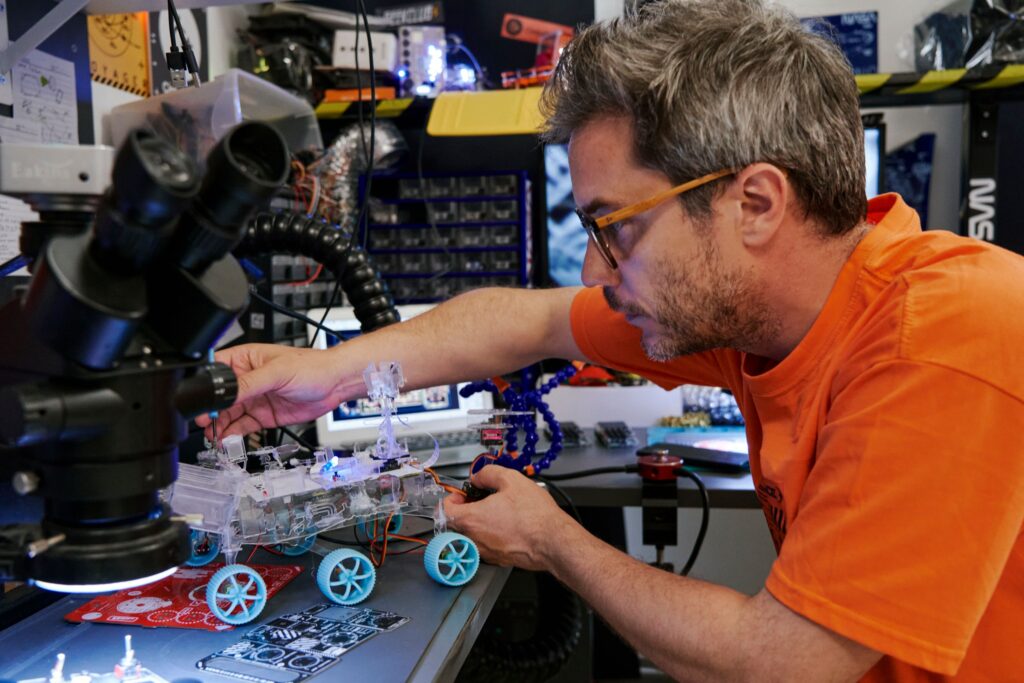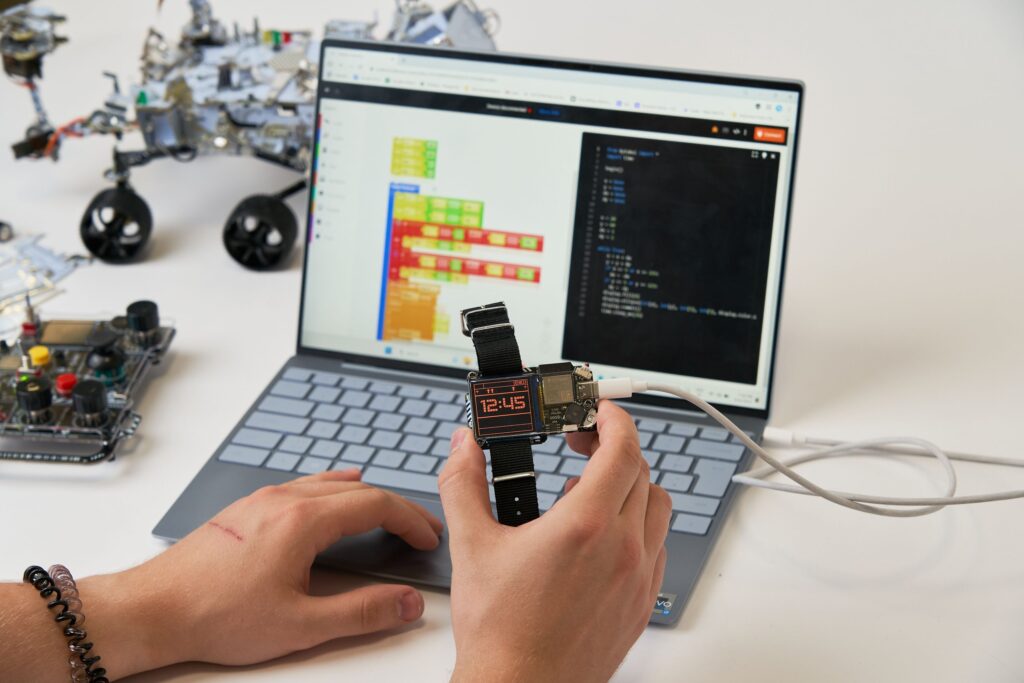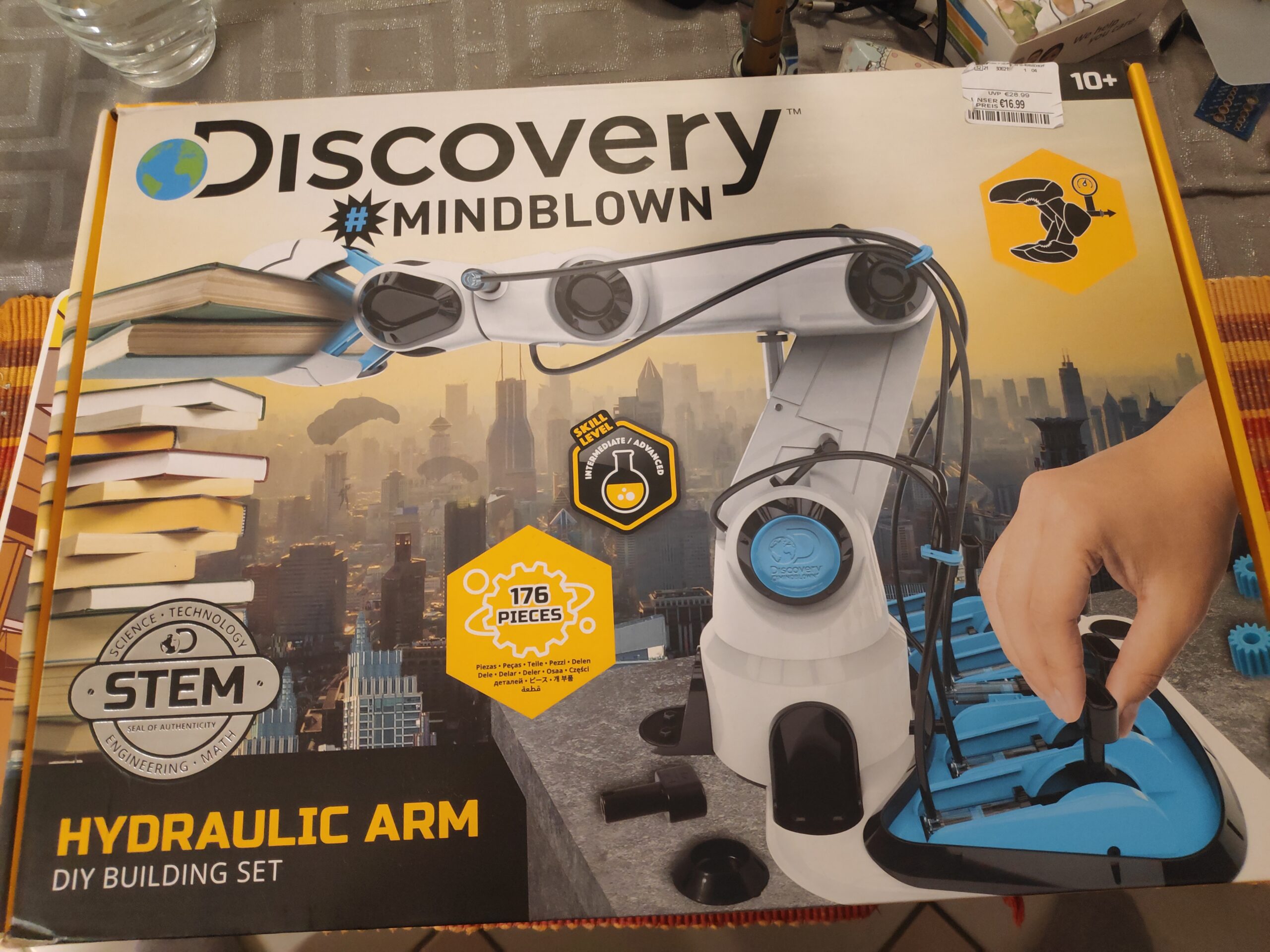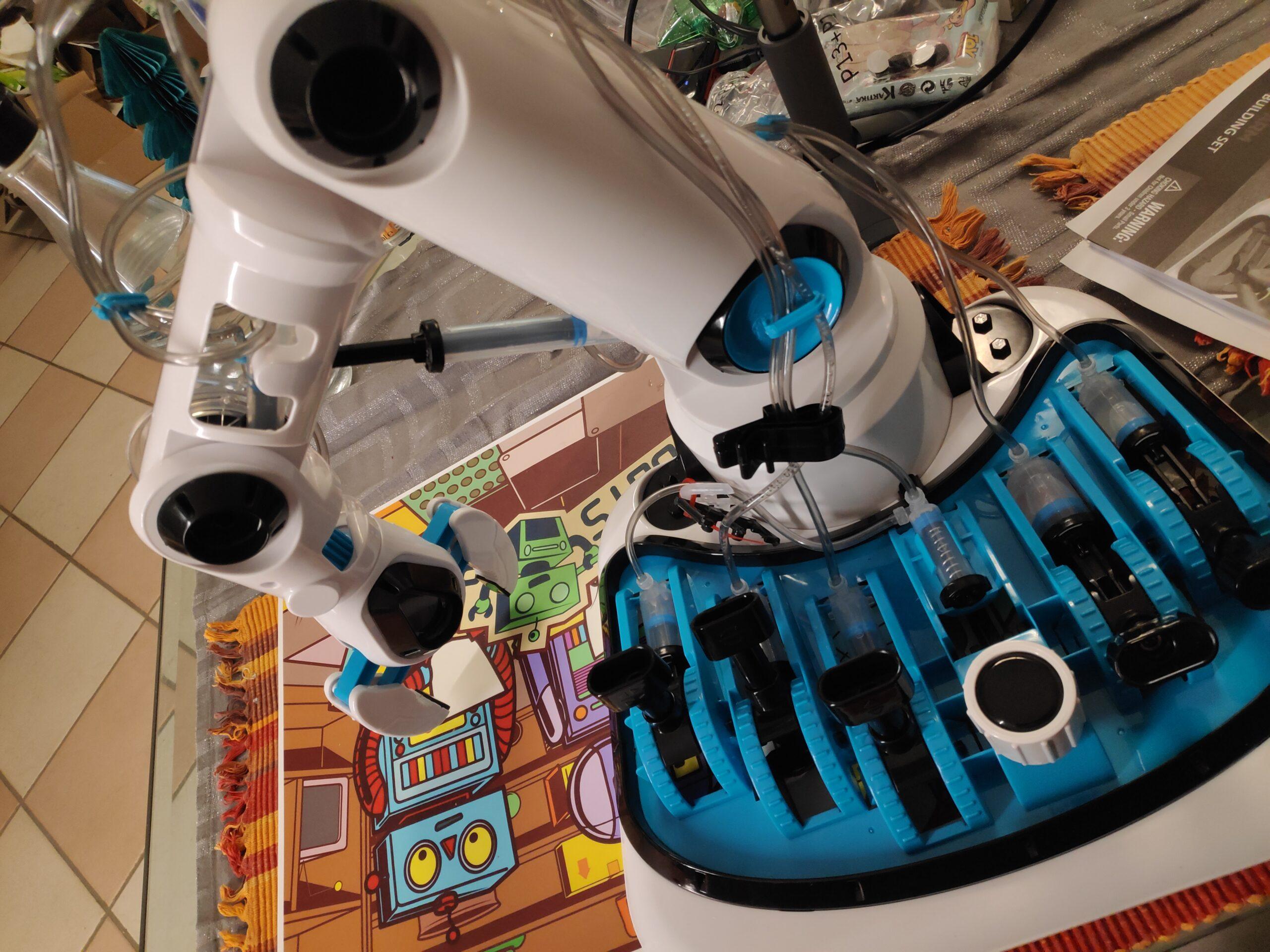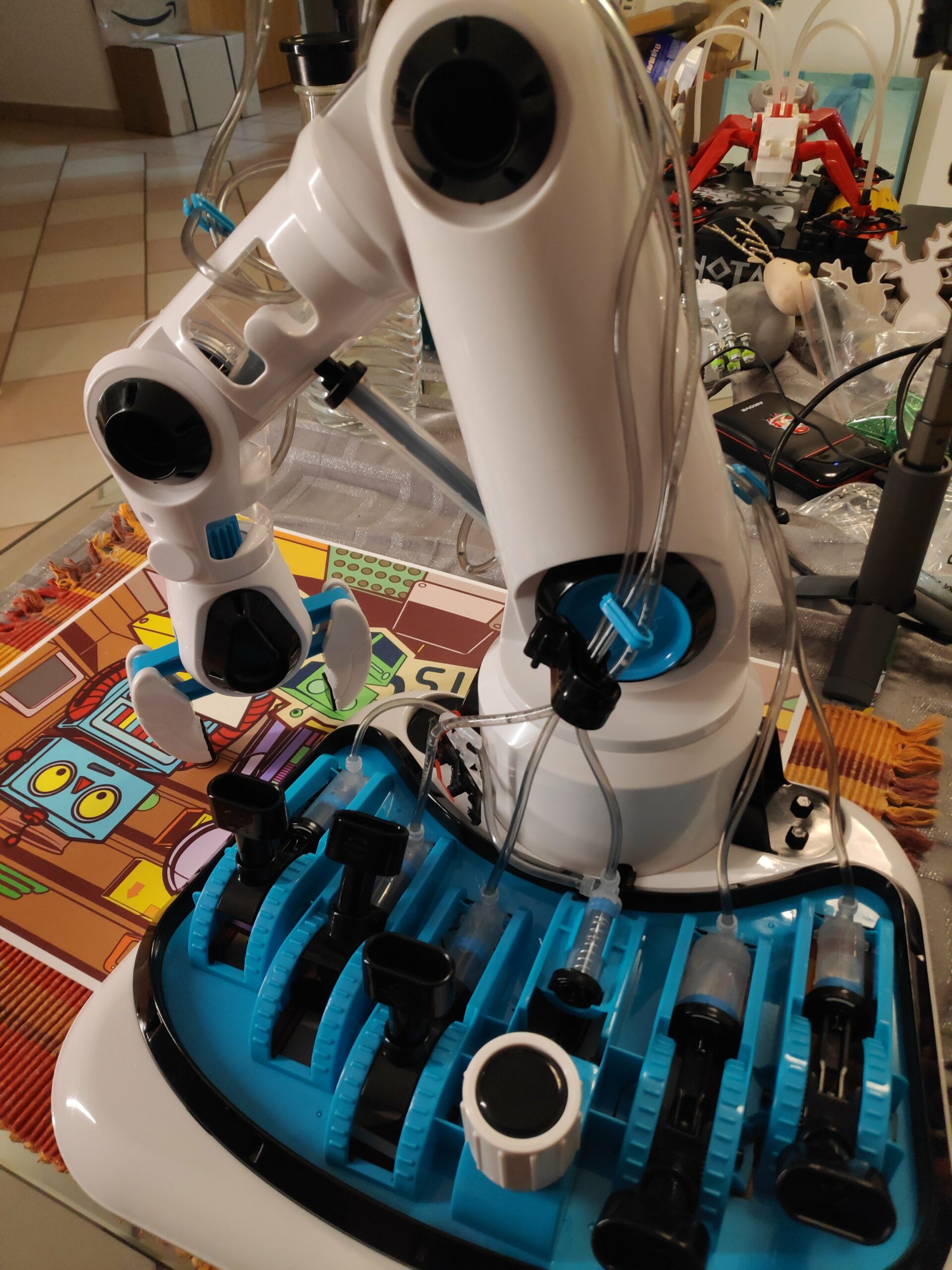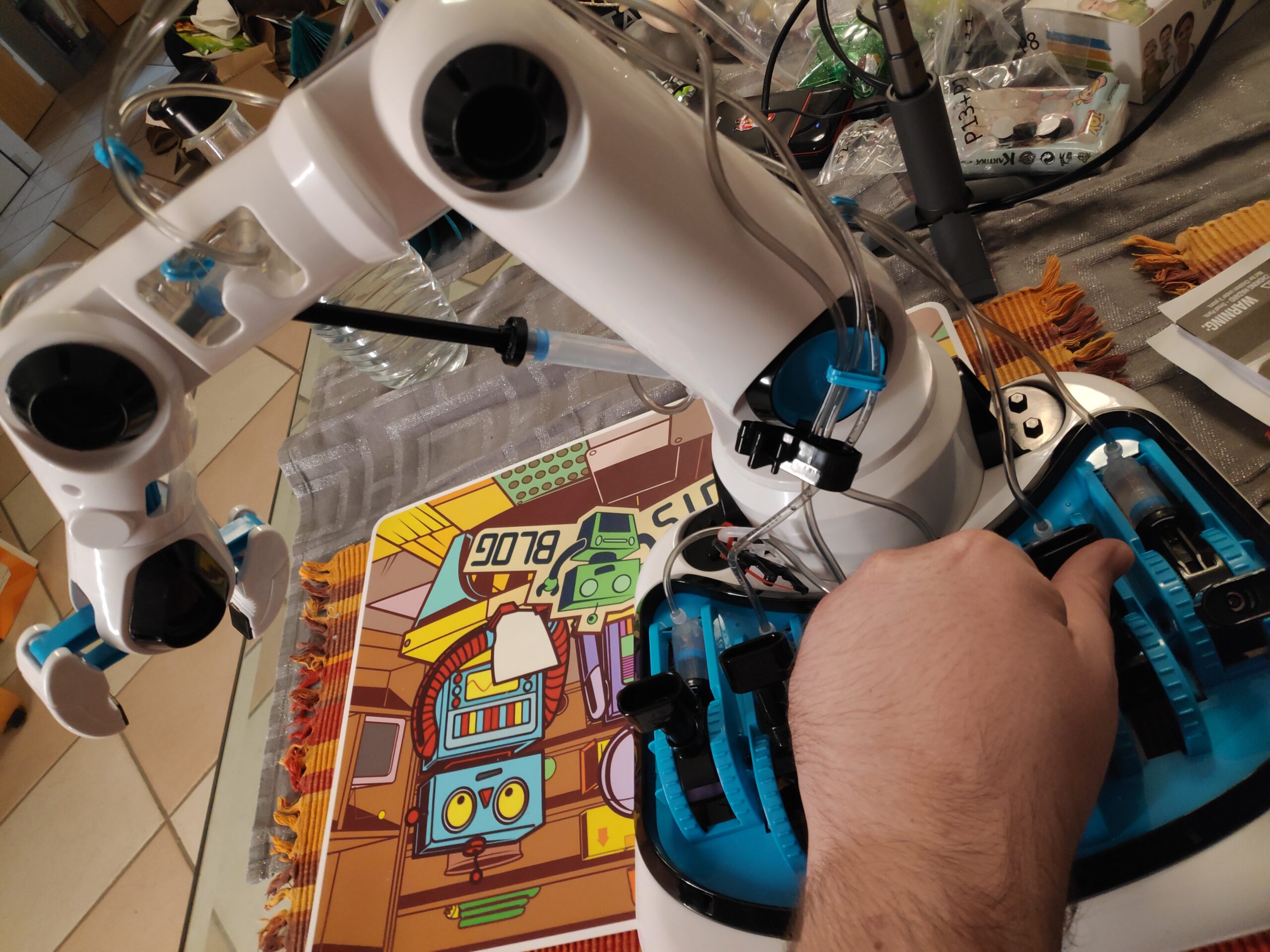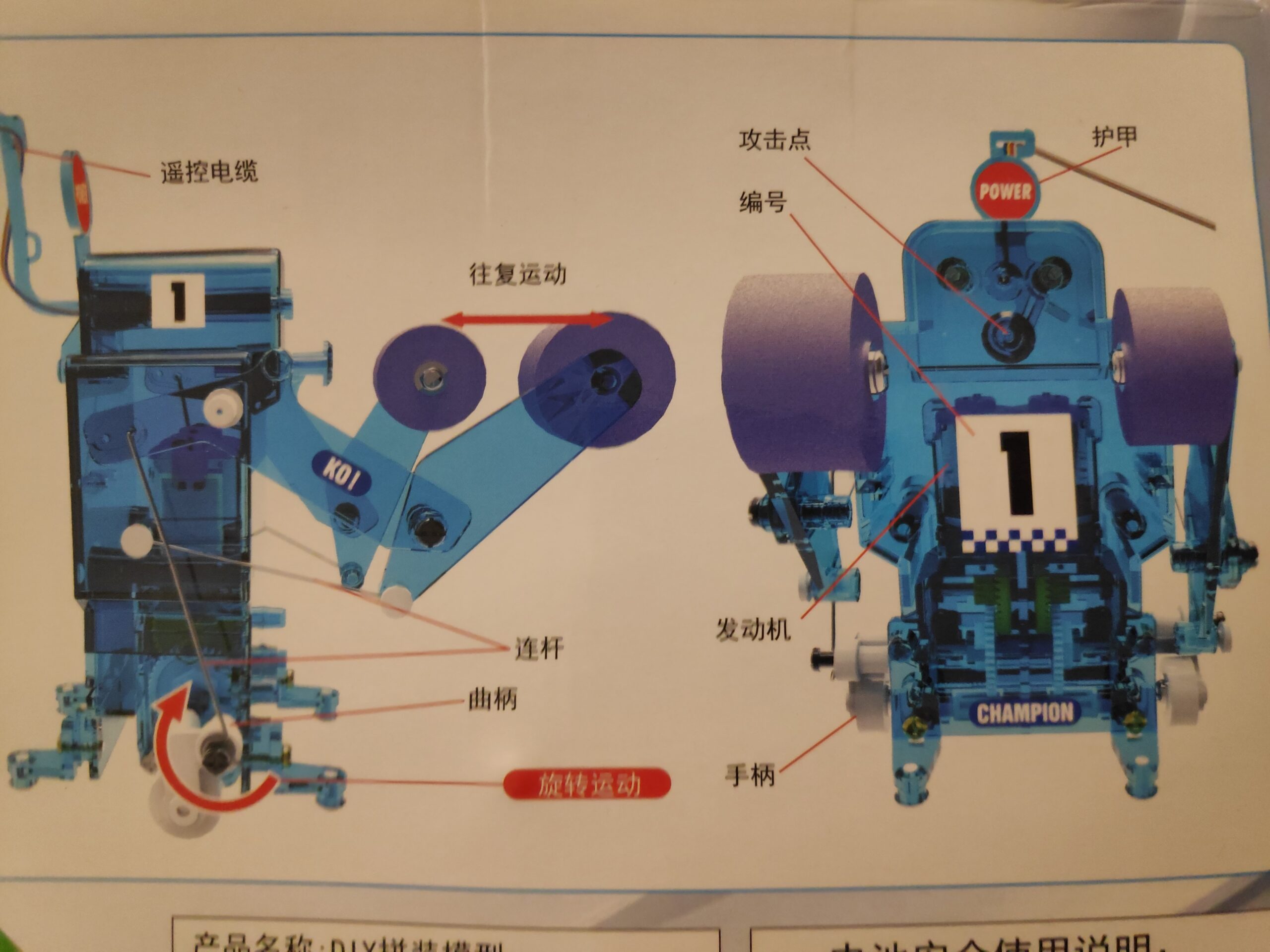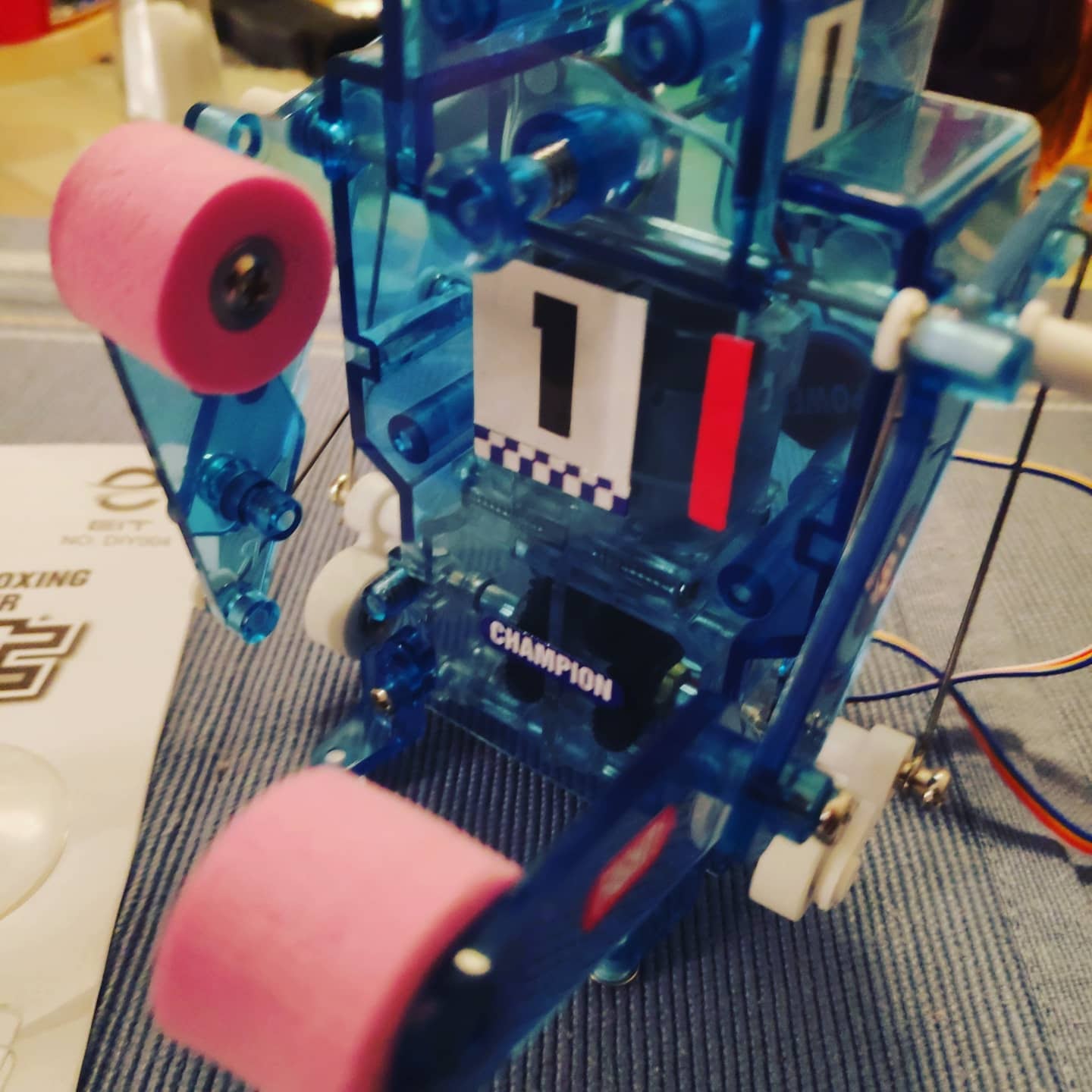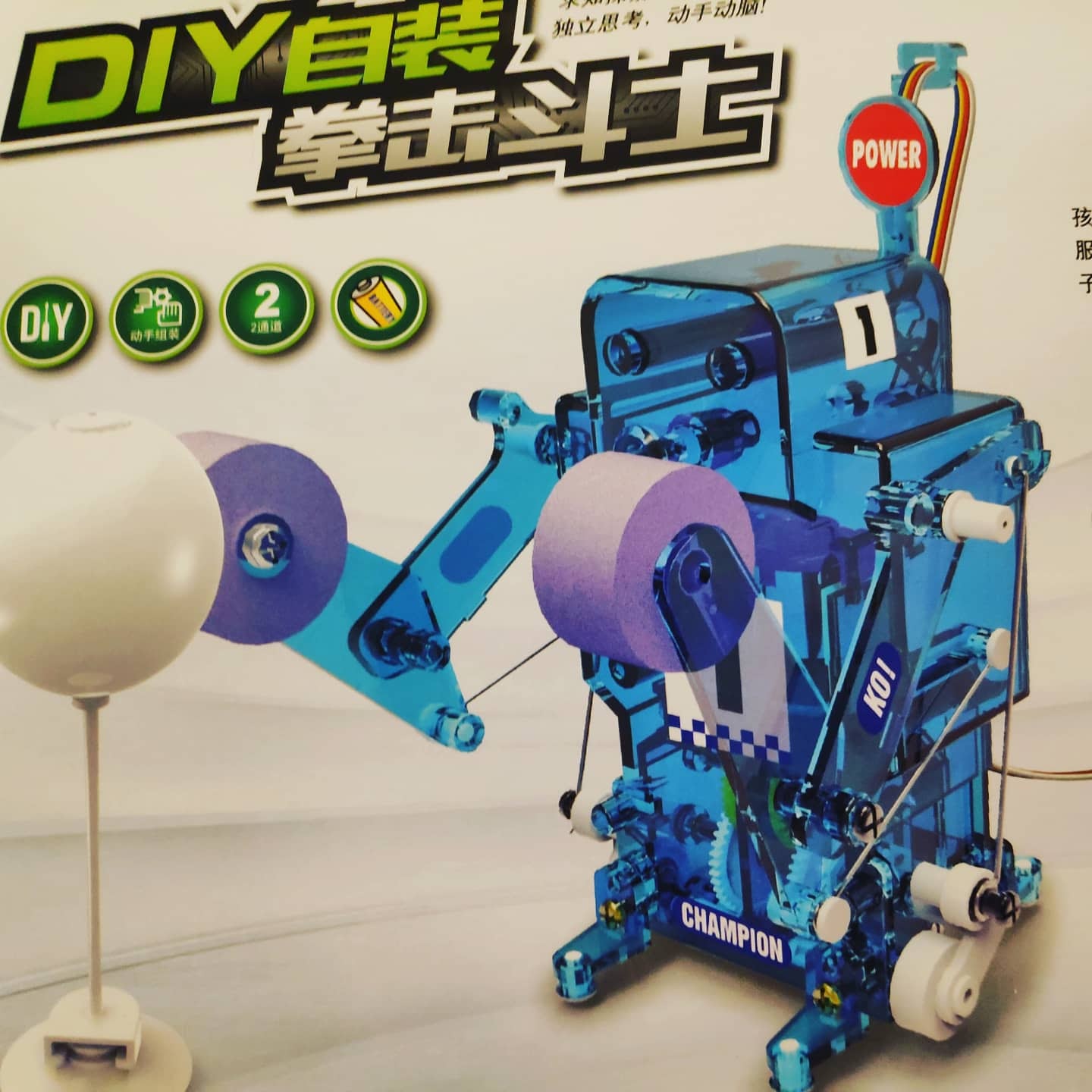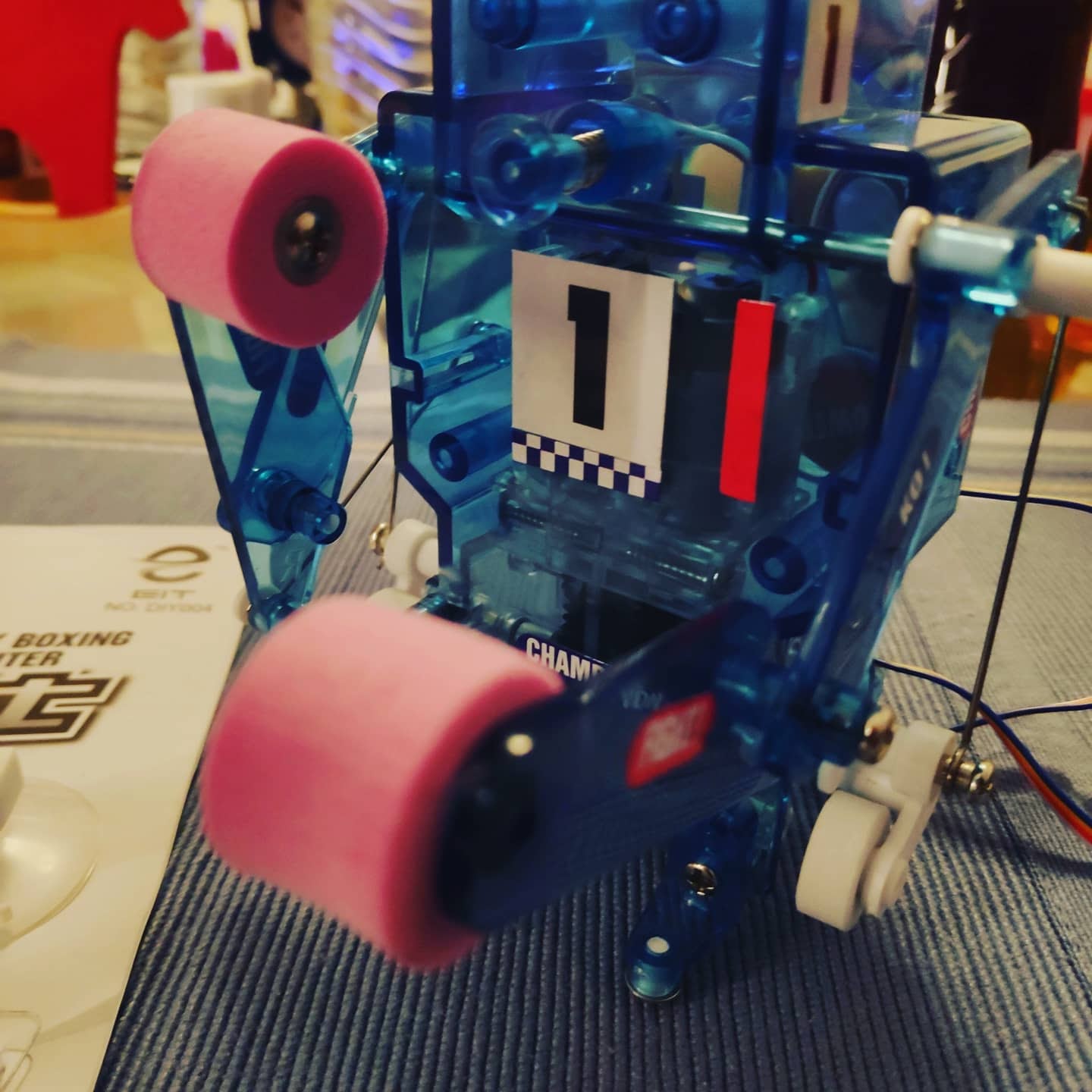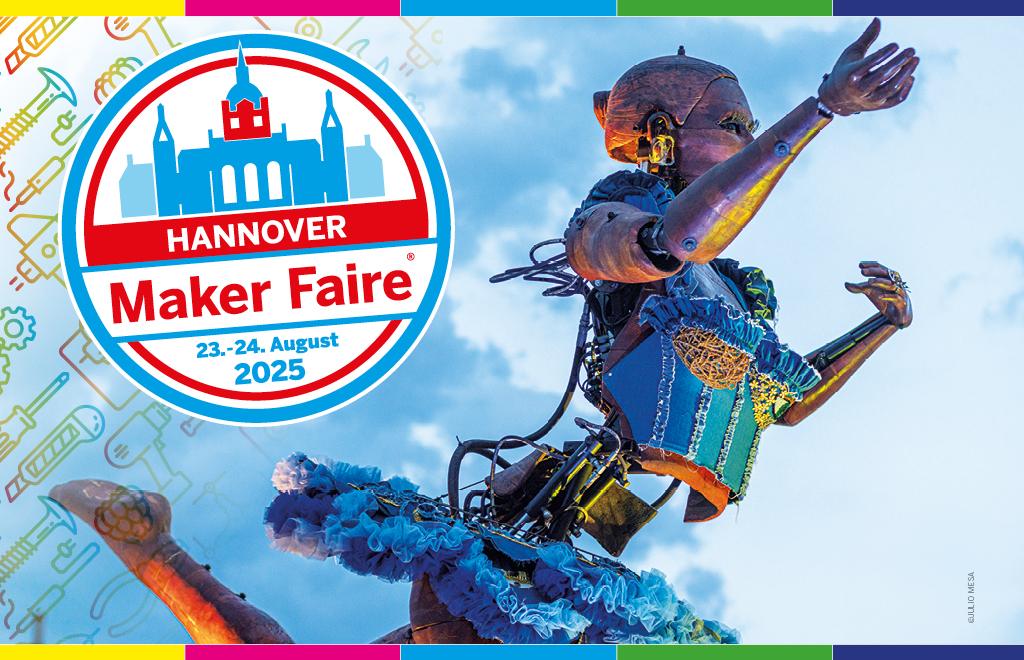
Hannover, 30. Juni 2025 – Technik, Kunst und gesellschaftliche Botschaft verschmelzen in einem außergewöhnlichen Projekt der spanischen Theatergruppe Antigua i Barbuda auf dem DIY-Event Maker Faire Hannover, das am 23. und 24. August im HCC stattfindet. Mit „La Danseuse“, einer über fünf Meter hohen mechanischen Ballerina, setzen die Künstlerinnen ein kraftvolles Zeichen für weibliches Empowerment – umgesetzt mit beeindruckender Ingenieurskunst.
Das größte Maker-Treffen im deutschsprachigen Raum verwandelt das Hannover Congress Centrum (HCC) bereits zum elften Mal in ein kreatives Ideenlabor. Eine der Hauptattraktionen in diesem Jahr: die faszinierende Performance von „La Danseuse“, die technische Feinheit und anmutige Bewegung auf eindrucksvolle Weise vereint.
„Diese einzigartige Theatererfahrung aus Objekten in Bewegung symbolisiert Freiheit und weibliche Stärke”, erklärt die Theatergruppe, die ihre monumentale Maschinenfrau erstmals in Deutschland präsentiert.
Sicher ist: „La Danseuse“ wird mit ihrer Präsenz und Ausdruckskraft für Staunen sorgen – und zeigen, wie Maschinen nicht nur funktionieren, sondern auch berühren können. „Passend zu unserem Show Act und der Projektvielfalt unserer Aussteller steht die diesjährige Maker Faire unter dem Motto ‚Wo Ideen tanzen und Technik begeistert‘, erklärt Daniel Rohlfing, Leiter Events & Sales Maker Faire Deutschland. „Das macht neugierig und trifft den Kern der Veranstaltung.“
Seit ihrer Premiere im Jahr 2013 hat die Maker Faire Hannover über 140.000 Besucherinnen und Besucher begeistert. Mit interaktiven Stationen, Workshops und Präsentationen bietet sie den idealen Rahmen für ein Projekt wie „La Danseuse“. Neben der Maschinenperformance erwarten die Gäste an rund 230 Ständen zahlreiche weitere kreative Ideen von Makern, Erfinderinnen und Forschern, die zum Mitmachen und Staunen einladen.
Tickets für die Maker Faire Hannover sind im Onlineshop oder an der Tageskasse (bargeldlos) erhältlich. Der Eintritt für Erwachsene kostet 24 Euro, ermäßigt 19 Euro. Kinder unter 10 Jahren können kostenlos dabei sein. Die Veranstaltung öffnet am Samstag von 10 bis 18 Uhr und am Sonntag von 10 bis 17 Uhr. Weitere Infos unter: maker-faire.de
Über die Maker Faire Hannover:
Seit 2013 begeistert die Maker Faire Hannover als Plattform für Inspiration, Kreativität und Innovation Teilnehmer aller Altersgruppen. Die Veranstaltung bringt Technik, Handwerk und Kunst zusammen und hat sich zu einem festen Termin im Kalender der internationalen Maker-Szene etabliert.

